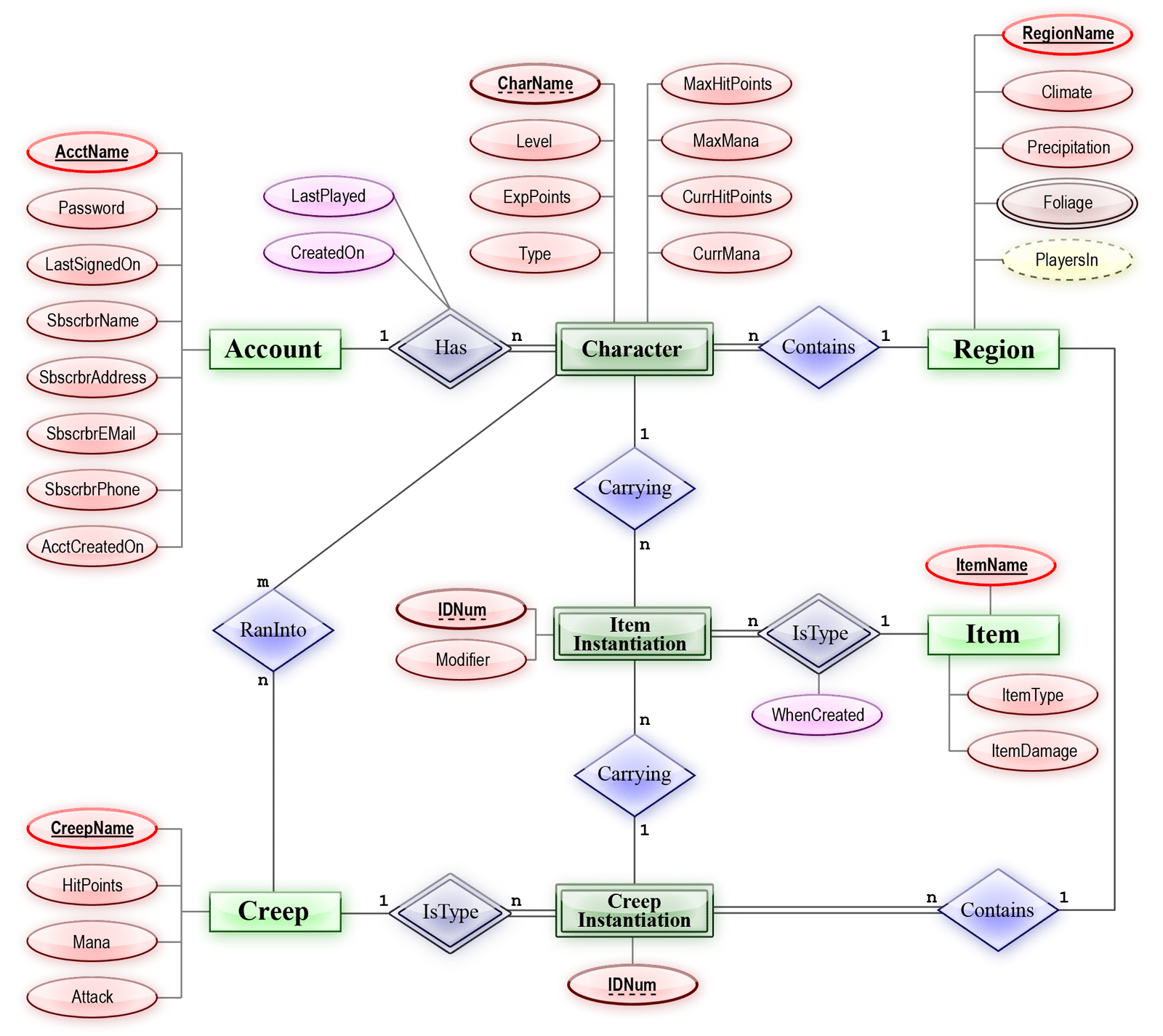이 글은 학교 수업(이민수 교수님의 'Database')를 듣고 복습차 정리한 글입니다.
- 기본 단어
- Schema: logical structure of the Database
- Instance: the actual content of the databases
- Language
- Data Manipulation Language: Language for accessing and manipulating the data (Known as Query language(includes SQL))
- Data Definition Language: Language for defining the database schema (DDL compiler generates a set of table templates stored in a data dictionary)
- Data Dictionary: contains a metadata(: data about data)
- Data Schema, Integrity constraints, Authorization information etc.
- Transaction: a collection of operations that performs a single logical function in a database application. (Properties of Transaction: Atomic, Consistency, Isolation, Durability)
- View: provides mechanism to hide certain data from the view of certain users. known as virtual relation
- Model of Database
Models are based on Normalization Theory.
(Normalization theory: Formalize what designs are bad, and test for them)
- Relational Model: 일반적인 표 구조
- Domain: the set of allowed values for each attribute (default: null)
- Attribute values are required to be atomic
- Relations are unordered, order of tuples is irrelevant

- Entity Relationship Model: models an enterprise as a collection of entities and relationship
- Entity: a thing or object in the enterprise that exists and is distinguishable from other objects
- Relationship: an association among several entities using Cardinality(relationship set: a mathematical relation among entites)
- Cardinality: one to one, one to many, many to one, many to many
- Weak entity, strong entity
- Composite and Binary/Multivalued Attributes
- Specialization and Generalization ( Disjoint, tota/ Overlappingl)
- Aggregation

- Basic Concepts
- Keys
- Superkey: key that identifies a unique tuple of each possible relation
- Candidate key: minimal superkey
- Primary key: one of the candidate keys
- Foreign key: value in one relation must appear in another (related to foreign constraints)
- Keys
- Database System Internals

3-1. Transaction Management
- Transaction-Management Component: ensures that the database remains in a consistent(correct) state despite system failures.
- Concurrency-control Manager: controls the interaction among the concurrent transactions, to ensure the consistency of the database.
3-2. Query Processing
- Parsing and Transaction (query > parser and translator > relational-algebra expression)
- Optimization (>optimizer > execution plan)
- Evaluation (>Evaluation Engine > Query output)
3-3. Storage Management
: a program module that provides the interface between the low-level data stored in the database and the application programs and queries submitted to the system. > deals with Storage access, File Organization, Indexing and Hashing.
- SQL
Domain Types in SQL
char(n), varchar(n), int, smallint, numeric(p,d), real precision, double precision, float(n)create table
create table student( ID varchar(5), name varchar(20) not null, primary key(ID), foreign key(name) references department );delete, add table
drop table student; # delete table and its content delete from student; # delete content but retains table alter table r add A D; #add name A with domain D to relation r alter table r drop A; #drop attribute Aselect
select name, course_id from instructor, teaches where instructor natural join teaches;
use Natural join, between, group by-having, in-not in, some-all, exists- not exists, set operations(union, intersect, except), null/ unknown values, Aggregate function(avg, count)
insertion
insert into student select name, course_id from instructor, teaches where instructor natural join teaches;update
update instructor set salary = case when salary <= 1000000 when salary *1.05 else salary *1.03 endNatural join
course inner join prereq on couse.course_id = prereq.course_id course natural join left outer join prereq on couse.course_id = prereq.course_id course natural join right outer join prereq on couse.course_id = prereq.course_id course natural full outer join prereq on couse.course_id = prereq.course_idcreate view
view has runtime overhead due to it stores definition not datacreate view faculty as select ID, name, dept_name from instructor where dept_name = 'Biology'Authorization, Roles
create role instructor; grant instructor to Amit; grant select on takes to instructor; revoke select on takes from instructor;
- JDBC
JDBC is a java api for communicating with database systems supporting SQL.
- Model for communicating with the databse:
- Open a connection
- Create a statement object
- Execute queries using the statement object to send queries and fetch results
- Exception mechanism to handle errors
'Undergraduate lectures' 카테고리의 다른 글
| [소프트웨어] 소프트웨어공학 정리 (0) | 2020.12.18 |
|---|---|
| [데이터베이스] 빅데이터응용 정리 (0) | 2020.12.18 |
| [운영체제] 중간/기말고사 틀린 문제 정리 (0) | 2020.07.04 |
| [컴퓨터구조] LINUX리눅스 명령어 정리 (0) | 2019.10.24 |
| [컴퓨터구조] ARM 명령어 정리 (0) | 2019.10.24 |